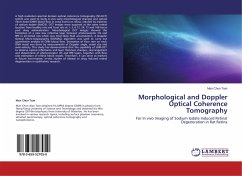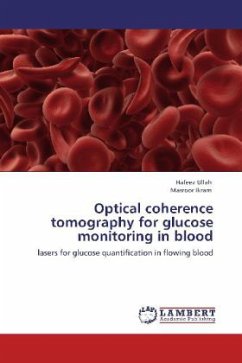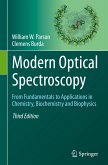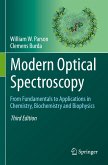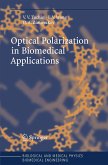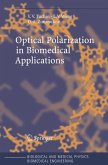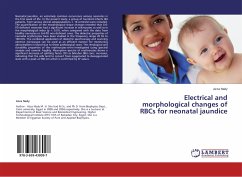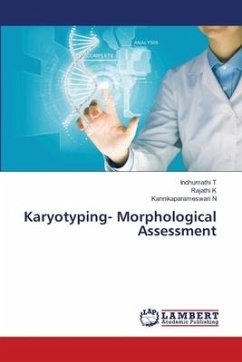A high resolution spectral domain optical coherence tomography (SD-OCT) system was used to study in-vivo early morphological changes and optical nerve head (ONH) blood flow in Long Evans rat retina, induced by injection of sodium iodate (NaIO3). OCT images were acquired at the same retinal location from healthy rats and from rats at 1, 3, 6 12, 24, 72 and 168 hours post drug administration. Morphological OCT images showed the formation of a new low reflective layer between photoreceptor OS and RPE in all tested rats which was most likely fluid accumulation. A Doppler Optical Micro-Angiography (DOMAG) algorithm was used to carry out quantitative analysis of ONH blood flow. Estimation of flow rate on each ONH vessel was done by measurements of Doppler angle, vessel size and axial velocity. This study has demonstrated that the capability of UHR-OCT to observe optical reflectance and layer thickness changes, rearrangement and detachment of photoreceptor OS and RPE layers, together with flow rate estimation of retinal blood vessels. Therefore, it can serve as markers in future non-invasive, in-vivo studies of disease or drug induced retinal degeneration in ophthalmic research.
Bitte wählen Sie Ihr Anliegen aus.
Rechnungen
Retourenschein anfordern
Bestellstatus
Storno

